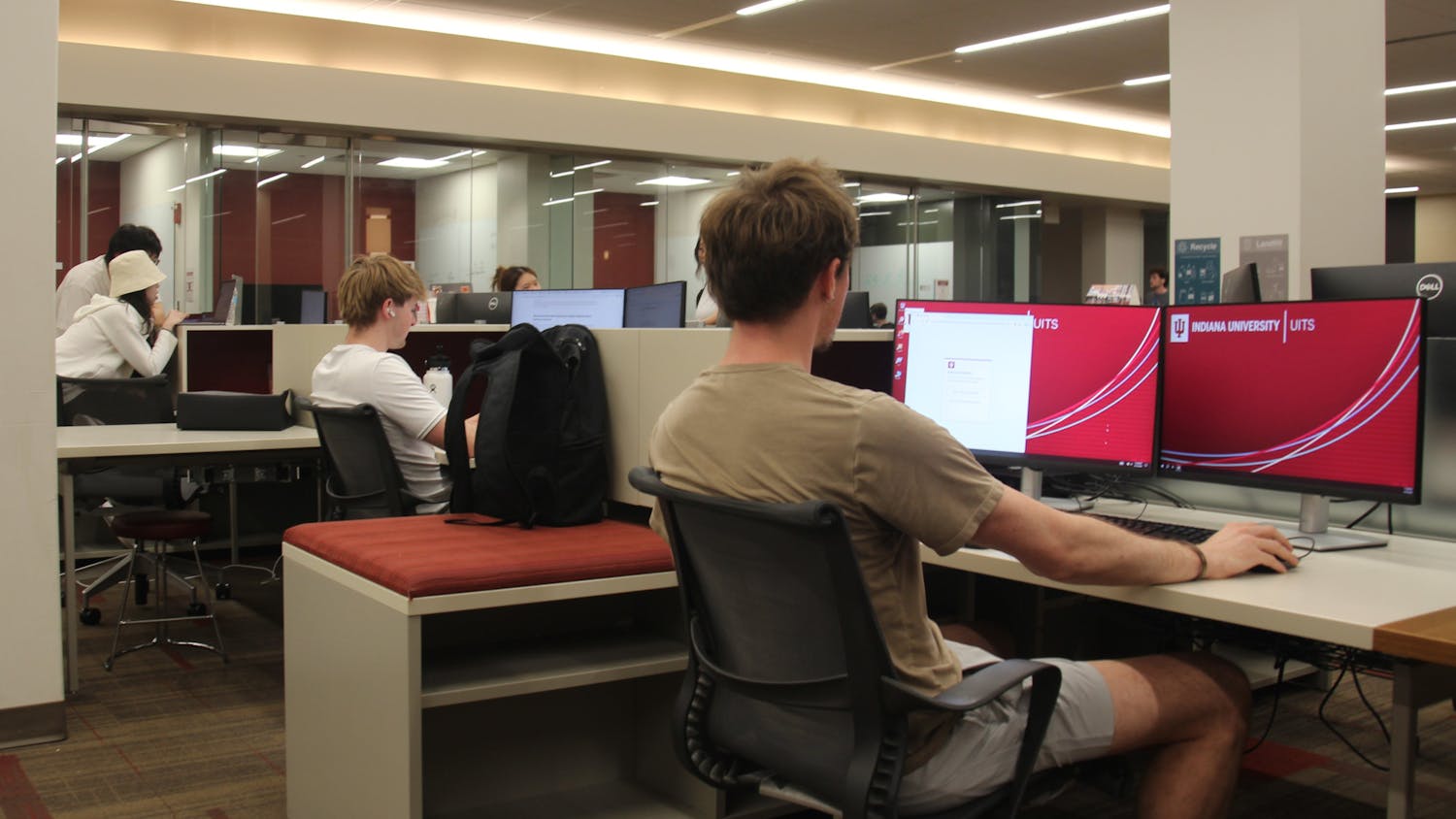The study “Effect of Prolonged Sitting and Breaks in Sitting Time on Endothelial Function,” is the first to use experimental evidence to show that a short five minute walking break every hour can reverse the negative effects that sitting for three hours can have on the body.
Sitting for long periods of time, according to the study, contributes to slack muscles that do not effectively pump blood to the heart. The blood can then sit in the legs and adversely affect the ability of blood vessels to expand.
Saurabh Thosar , the lead researcher of the study, said his interest in the topic began when he realized sitting for long periods is a big problem in today’s society.
“I wanted to do research that was meaningful in public health and would look at basic vascular processes,” Thosar said. “Sitting is also relatively simpler to do in a laboratory setting.”
Thosar said his experiment took about six months and involved 11 healthy, non-obese men, some college students, aged 20 to 35.
“We had participants who weren’t very physically active,” he said. “The CDC recommends everyone perform a certain amount of physical activity, and we had people who did not do that.”
Thosar said the experiment included one trial in which subjects sat for three hours without moving their legs and a second trial in which the subjects walked on a treadmill for five minutes three times during the three hour period. Femoral artery functionality was measured at each hour mark during both trials, he said.
“It’s the first study to show that functioning of the artery can be affected by just one hour of sitting down,” he said.
Thosar said the study’s finding that even short walking breaks can help maintain arterial function has applications for those who are sitting non-stop during eight hour workdays and for students who study for long periods of time.
“It will help the students preserve their (arterial) function,” he said.
Thosar, a postdoctoral researcher at the Oregon Health and Science University , said he has another research focus now but added that he has ideas for follow-up research on the prolonged sitting topic.
“The next step would be to try out different hours of sitting,” he said. “Perhaps the breaks will have more or less of an effect if the subject is sitting for, say, hours.”
Thosar added he would also like to get blood samples from subjects while they are sitting.
“Blood samples would give us a better idea of what actually goes on in the vessels,” he said.
Thosar said it is also important to experiment with different populations, since he only used healthy young men in his first study.
“Things might be more pronounced in less healthy populations,” he said.





